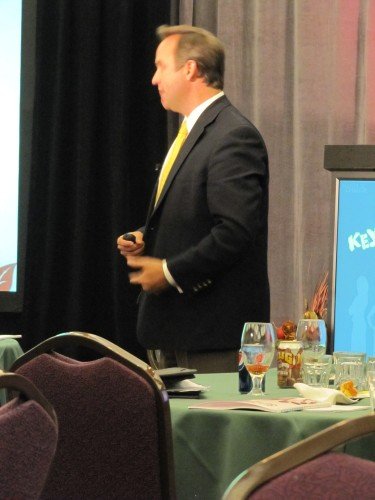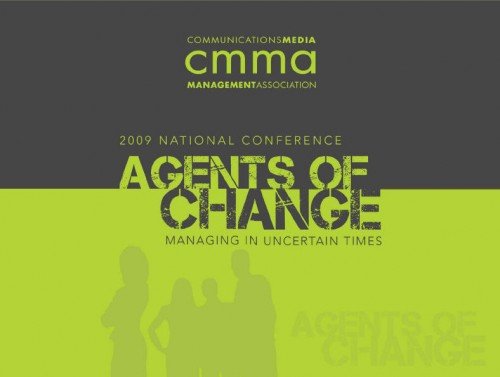J.T. Knudsen
Red Tree Leadership & Development
“Gaining Change Skills: Who Moved My Cheese?” Part Two
“75% of corporate change initiatives fail.”
– Harvard Business Review
Typical Manager’s Reaction when things aren’t working
– They hit the more button:
- More time
- More money
- More resources
- Until finally you hit the panic button
The button that should be pressed is the how (or question) button.
– What can we do about this?
– What do you think?
– What is stopping us right now?
– Do we have a clear vision of what we are aiming for?
Simple is better
– The more easily you can explain change to someone the better
When is change a good idea?
– When it is your idea
How do you get your idea to be their idea?
– Ask questions
– What does on-board really mean?
- What they want lines up with what the company needs
- They are engaged and spending their time on things that matter
- They communicate positively with each other about their work and the desired outcome.
Every company has a strategy but nearly every strategy requires change
How important is making this change to the organization?
– What would those in positions “above you” say about the priority of the change?
How actively are people in the organization working to make the change happen?
What is the size of this change for the organization?
Big idea #1 – Most results require change
Most companies think they are good at change:
– We hire people who are skilled at change
– We deal with change all the time. It is not a problem
– Change is what we do
Employees in a company who understand why the company is changing
Yes 46%
No 54%
Percent of employees who think the change requires them to do something differently
Yes 32%
No 68%
Percentage of employees who think the change will make things better or worse for the company
Better 28%
Worse 72%
Think the change will make things better or worse for themselves
Better 12%
Worse 88%
Companies don’t change, people do.
One approach
– Elaborate planning
– Detailed timelines
– Memos, emails, meetings
– Wait to see improvement
– More meetings to figure out what’s wrong
A different approach
– Do people understand what’s changing and why?
– Do people know how they fit in?
– Do people imagine gaining or losing?
– Is progress of the change being measured and how?
Understanding what’s changing and why
– First, make a case for the change (moving from > moving to)
– Cascade message down in the correct manner (otherwise the telephone affect happens)
Moving from > moving to
– Our organization is moving from this to this.
Talking back
– Give people the opportunity to discuss it, evaluate it, and weigh in
– Although most change is dictated, buy-in is 100% conditional on the individual
– Ownership is everything






































